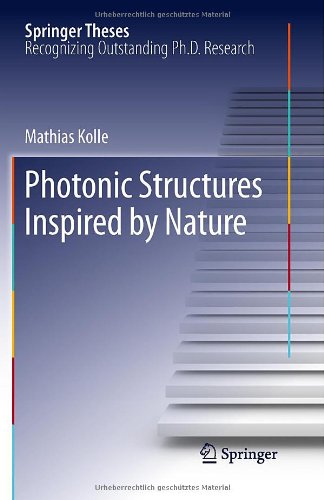

Most ebook files are in PDF format, so you can easily read them using various software such as Foxit Reader or directly on the Google Chrome browser.
Some ebook files are released by publishers in other formats such as .awz, .mobi, .epub, .fb2, etc. You may need to install specific software to read these formats on mobile/PC, such as Calibre.
Please read the tutorial at this link: https://ebookbell.com/faq
We offer FREE conversion to the popular formats you request; however, this may take some time. Therefore, right after payment, please email us, and we will try to provide the service as quickly as possible.
For some exceptional file formats or broken links (if any), please refrain from opening any disputes. Instead, email us first, and we will try to assist within a maximum of 6 hours.
EbookBell Team

4.7
16 reviewsUnlike most natural colours that are based on pigment absorption, the striking iridescent and intense colouration of many butterflies, birds or beetles stems from the interaction of light with periodic sub-micrometer surface or volume patterns, so called “photonic structures”. These “structural colours” are increasingly well understood, but they are difficult to create artificially and exploit technologically. In this thesis the field of natural structural colours and biomimetic photonic structures is covered in a wide scope, ranging from plant photonics to theoretical optics. It demonstrates diffractive elements on the petal surfaces of many flowering plant species; these form the basis for the study of the role of structural colours in pollinator attraction. Self-assembly techniques, combined with scaleable nanofabrication methods, were used to create complex artificial photonic structures inspired by those found in nature. In particular, the colour effect of a Papilio butterfly was mimicked and, by variation of its design motive, enhanced. All photonic effects described here are underpinned by state-of-the-art model calculations.